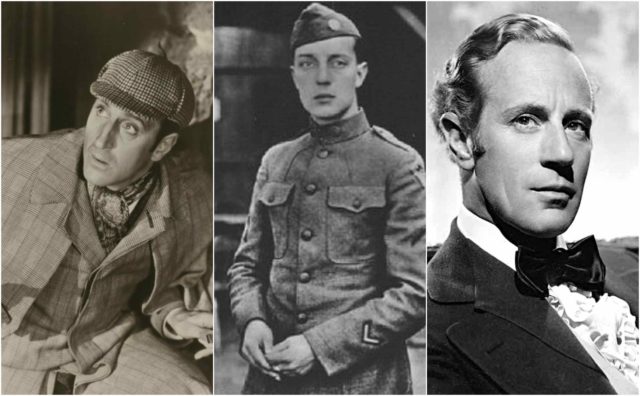
With the outbreak of the First World War (The Great War) young men across the world were encouraged to enlist in the army and fight. Among those young men, were many talented actors which will later become movie icons or already were Hollywood stars.
This is the list of the 6 actors who fought during WWI:
6.Basil Rathbone
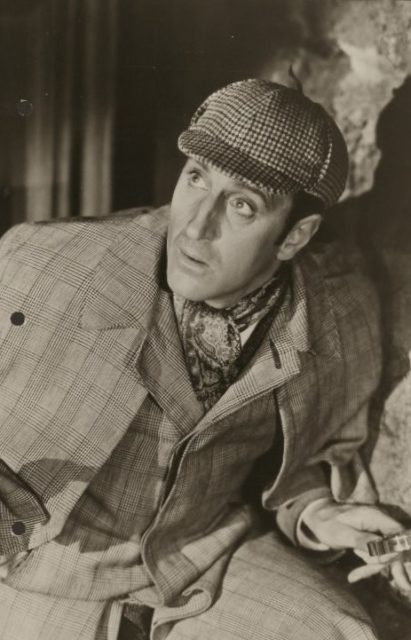
At the end of 1915, Rathbone was called up via the Derby Scheme into the British Army as a private with the London Scottish Regiment, joining a regiment that also counted in its ranks his future professional acting contemporaries Claude Rains, Herbert Marshall and Ronald Colman at different points through the conflict. After basic training with the London Scots in early 1916 he received a commission as a lieutenant in the 2/10th Battalion of the King’s Liverpool Regiment (Liverpool Scottish), where he served as an intelligence officer and eventually attained the rank of captain. Rathbone’s younger brother John was killed in action on 4 June 1918. It was after this that Rathbone convinced his superiors to allow him to scout enemy positions during daylight rather than at night, as was the usual practice to minimize the chance of detection. Rathbone describes it thus in his autobiography “Camouflage suits had been made for us to resemble trees. On our heads were wreaths of freshly plucked foliage, our faces and hands were blackened with burnt cork.” As a result of these highly dangerous daylight raids In September 1918, he was awarded the Military Cross for “conspicuous daring and resource on patrol”.
5.Humphrey Bogart
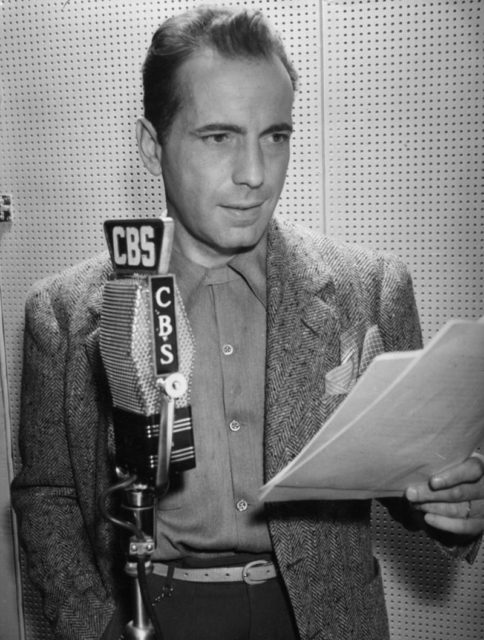
With no viable career options, Bogart followed his passion for the sea and enlisted in the United States Navy in the spring of 1918. He recalled later, “At eighteen, war was great stuff. Paris! Sexy French girls! Hot damn!”Bogart is recorded as a model sailor who spent most of his sea time after the Armistice ferrying troops back from Europe.
It was during his naval stint that Bogart may have received his trademark scar and developed his characteristic lisp, though the actual circumstances are unclear. In one account his lip was cut by shrapnel when his ship, the USS Leviathan, was shelled, although some claim Bogart did not make it to sea until after the Armistice had been signed. Another version, which Bogart’s long-time friend, author Nathaniel Benchley, holds to, is that Bogart was injured while taking a prisoner to Portsmouth Naval Prison in Kittery, Maine.Changing trains in Boston the handcuffed prisoner allegedly asked Bogart for a cigarette, then while Bogart looked for a match, the prisoner smashed him across the mouth with the cuffs, cutting Bogart’s lip and fleeing. Recaptured, the prisoner was taken to jail. An alternate version has Bogart struck in the mouth by a handcuff loosened while freeing his charge, the other still around the prisoner’s wrist.
By the time Bogart was treated by a doctor, a scar had already formed. David Niven said that when he first asked Bogart about his scar, he said it was caused by a childhood accident. “Goddamn doctor”, Bogart later told Niven, “instead of stitching it up, he screwed it up.” Niven claims the stories that Bogart got the scar during wartime were made up by the studios to inject glamour.
4.Maurice Chevalier
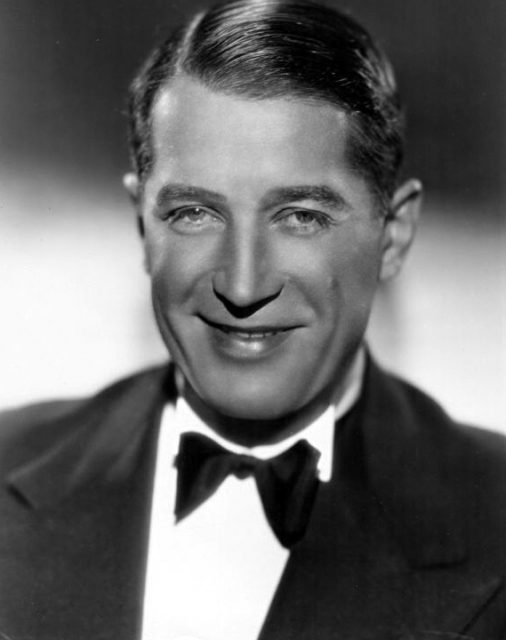
When World War I broke out, Chevalier was in the middle of his national service, already in the front line, where he was wounded by shrapnel in the back in the first weeks of combat and was taken as a prisoner of war in Germany for two years. In 1916, he was released through the secret intervention of Mistinguett’s admirer, King Alfonso XIII of Spain, the only king of a neutral country who was related to both the British and German royal families.
In 1917, Chevalier became a star in le Casino de Paris and played before British soldiers and Americans. He discovered jazz and ragtime and started thinking about touring the United States. In the prison camp, he had studied English and had an advantage over other French artists. He went to London, where he found new success at the Palace Theatre, even though he still sang in French.
3.Ronald Colman
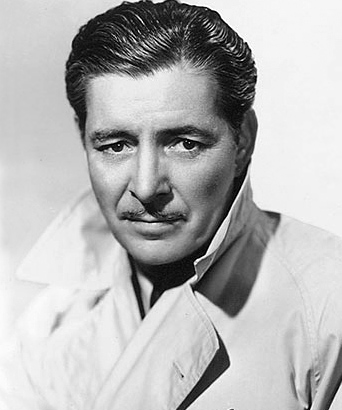
While working as a clerk at the British Steamship Company in the City of London, he joined the London Scottish Regiment in 1909 as a Territorial Army soldier, and on being mobilised on the outbreak of the First World War, crossed theEnglish Channel to France in September 1914 to take part in the fighting on the Western Front. On 31 October 1914, at the Battle of Messines, Colman was seriously wounded by shrapnel in his ankle, which gave him a limp that he would attempt to hide throughout the rest of his acting career. As a consequence, he was invalided out of the British Army in 1915.His fellow Hollywood actors Claude Rains, Herbert Marshall, Cedric Hardwicke and Basil Rathbone all saw service with the London Scottish in the war.
2.Buster Keaton
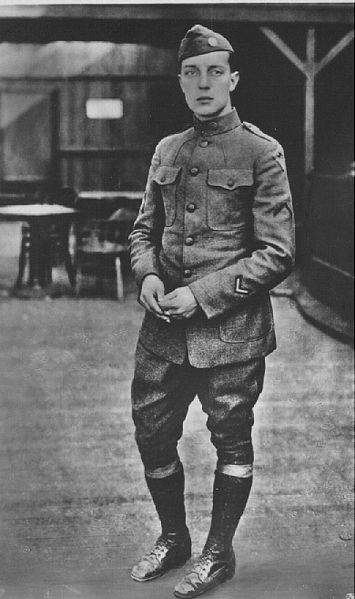
Keaton served in the United States Army in France with the 40th Infantry Division during World War I. His unit remained intact and was not broken up to provide replacements, as happened to some other late-arriving divisions. During his time in uniform, he suffered an ear infection that permanently impaired his hearing.
1.Leslie Howard
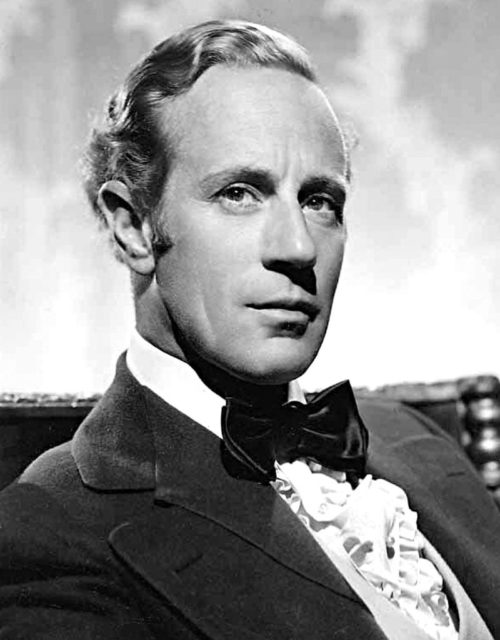
Howard was born Leslie Howard Steiner to a British mother, Lilian (née Blumberg), and a Hungarian Jewish father, Ferdinand Steiner, in Forest Hill, London. Lilian had been brought up as a Christian, but she was of partial Jewish ancestry—her paternal grandfather Ludwig Blumberg, a Jewish merchant originally from East Prussia, had married into the English upper middle classes. Howard was educated at Alleyn’s School, London. Like many others around the time of World War I, the family changed its name, using “Stainer” as less German-sounding. He worked as a bank clerk before enlisting at the outbreak of the Great War. He served in the British Army as a subaltern in the Northamptonshire Yeomanry but suffered shell shock, which led to his relinquishing his commission in May 1916.
